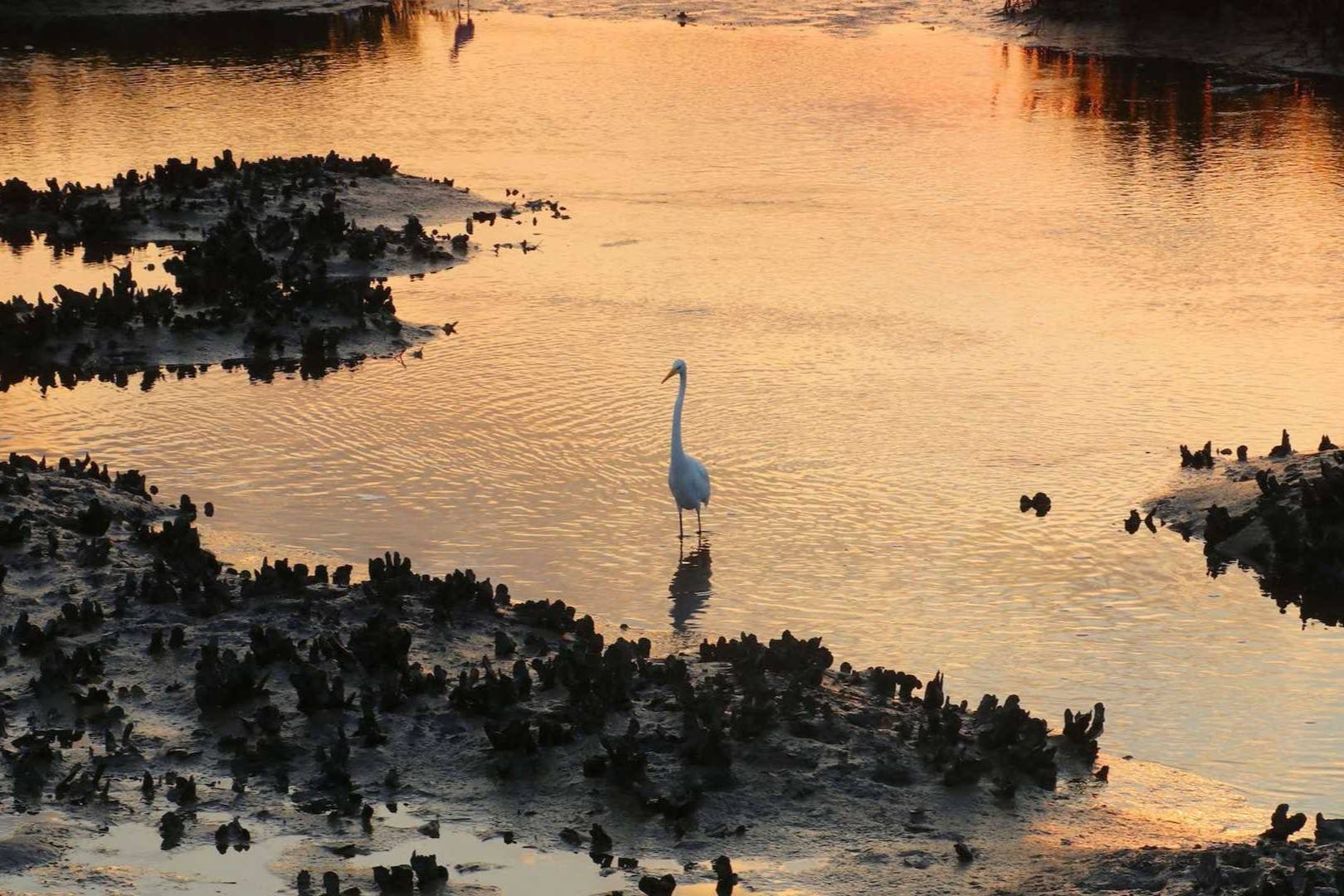Secrets Of South Carolina’s Salt Marshes

Have you ever wondered what makes South Carolina's salt marshes so special? These coastal wetlands are teeming with life and offer a unique glimpse into nature's wonders. From the rhythmic ebb and flow of tides to the diverse wildlife, salt marshes provide a habitat like no other. You might spot herons, crabs, or even dolphins if you're lucky. The marshes also play a crucial role in protecting shorelines from erosion and filtering pollutants from water. Whether you're a nature enthusiast or just looking for a peaceful escape, South Carolina's salt marshes offer an unforgettable experience. Ready to dive in?
Discover the Wonders of South Carolina's Salt Marshes
South Carolina's salt marshes are teeming with life and natural beauty. These coastal wetlands offer a unique ecosystem that supports a variety of wildlife and plant species. Whether you're a nature enthusiast or just looking for a peaceful escape, these marshes have something for everyone.
1. Huntington Beach State Park
Huntington Beach State Park is a must-visit for anyone exploring South Carolina's salt marshes. This park offers a mix of salt marshes, freshwater lagoons, and maritime forests. Birdwatchers will be thrilled with the variety of species that call this park home.
- Birdwatching: Spot herons, egrets, and even bald eagles.
- Nature Trails: Explore the park's numerous trails that wind through different ecosystems.
- Atalaya Castle: Visit the historic Atalaya Castle, once the winter home of sculptor Anna Hyatt Huntington.
2. Cape Romain National Wildlife Refuge
Cape Romain National Wildlife Refuge is a sanctuary for wildlife and a haven for outdoor enthusiasts. This refuge spans over 66,000 acres of salt marshes, barrier islands, and maritime forests.
- Wildlife Viewing: See loggerhead sea turtles, alligators, and a variety of bird species.
- Bulls Island: Take a ferry to Bulls Island, known for its pristine beaches and Boneyard Beach.
- Fishing: Enjoy saltwater fishing in the refuge's waters.
3. ACE Basin National Wildlife Refuge
ACE Basin is one of the largest undeveloped estuaries on the East Coast. This refuge is a blend of salt marshes, tidal creeks, and hardwood forests, making it a biodiversity hotspot.
- Kayaking: Paddle through the tidal creeks and get up close with the marsh's wildlife.
- Hiking: Explore miles of trails that offer stunning views of the marshlands.
- Photography: Capture the beauty of the landscape and its inhabitants.
4. Botany Bay Plantation Heritage Preserve
Botany Bay Plantation offers a glimpse into South Carolina's natural and cultural history. This preserve features salt marshes, maritime forests, and historic plantation ruins.
- Scenic Drive: Take the 6.5-mile driving tour through the preserve.
- Beachcombing: Walk along the untouched beaches and collect shells.
- Historic Sites: Visit the ruins of the Sea Cloud Plantation house and other historic structures.
5. Santee Coastal Reserve
Santee Coastal Reserve is a hidden gem that offers a mix of salt marshes, freshwater impoundments, and longleaf pine forests. This reserve is perfect for those looking to escape the crowds.
- Birdwatching: Spot rare species like the red-cockaded woodpecker and painted bunting.
- Hiking: Explore the reserve's trails, including the popular Marshland Trail.
- Fishing: Enjoy freshwater and saltwater fishing opportunities.
6. Waccamaw National Wildlife Refuge
Waccamaw National Wildlife Refuge is a diverse ecosystem that includes salt marshes, blackwater rivers, and cypress swamps. This refuge is ideal for those who love water-based activities.
- Boating: Navigate the refuge's waterways by kayak or canoe.
- Wildlife Viewing: See a variety of animals, including river otters and black bears.
- Educational Programs: Participate in ranger-led programs to learn more about the refuge's ecosystem.
7. Tom Yawkey Wildlife Center
Tom Yawkey Wildlife Center is a pristine area dedicated to wildlife conservation. This center features salt marshes, tidal creeks, and managed wetlands.
- Guided Tours: Take a guided tour to learn about the center's conservation efforts.
- Birdwatching: Spot a variety of bird species, including wood storks and roseate spoonbills.
- Research Opportunities: Engage in citizen science projects and contribute to ongoing research.
8. North Inlet-Winyah Bay National Estuarine Research Reserve
North Inlet-Winyah Bay is a research reserve that offers a unique blend of salt marshes, tidal creeks, and barrier islands. This reserve is perfect for those interested in marine science and conservation.
- Educational Programs: Participate in hands-on programs and workshops.
- Kayaking: Paddle through the reserve's waterways and explore its diverse habitats.
- Research Opportunities: Learn about ongoing research projects and how they contribute to conservation efforts.
Embrace the Beauty of South Carolina's Salt Marshes
South Carolina's salt marshes offer a unique blend of biodiversity, scenic beauty, and recreational activities. Whether you're a nature lover, a bird watcher, or someone seeking a peaceful escape, these marshes provide something special. The intricate ecosystems support a variety of wildlife, from crabs to herons, making every visit an adventure. Kayaking through the winding waterways or simply walking along the marsh trails can be both relaxing and educational.
Local guides and tours can enhance your experience, offering insights into the marsh's history and ecology. Don't forget to bring a camera; the sunsets over the marshes are breathtaking. Visiting these natural wonders not only enriches your understanding of the environment but also supports conservation efforts. Plan your trip to South Carolina's salt marshes and discover the hidden gems waiting for you.

